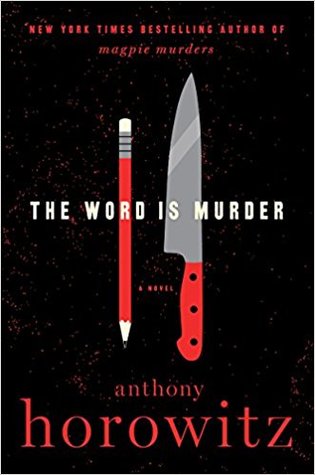Chances Are . . . Richard Russo (2019)
Novelist Richard Russo was born in 1949, so he has first-hand knowledge of the worlds of his characters who were also born in 1949 and who are turning 66 in the year 2015. That’s when Chances Are . . . opens, as three friends—Lincoln, Teddy, and Mickey—get together on Martha’s Vineyard over Labor Day weekend. Haunting them is the unsolved disappearance of Jacy, a young woman they all went to college with. Jacy has not been seen since Memorial Day weekend of 1971, right after the four graduated from the fictional Minerva College in Connecticut.
The 1957 pop hit from Johnny Mathis, “Chances Are,” threads its way through this novel. The song itself is mentioned several times, but the operation of sheer chance also affects each of the characters.
For example, males who were born in 1949 were subject to the first national draft lottery, which occurred on December 1, 1969. This spectacle, which was broadcast live on television, determined which men would be inducted into the military, and its primary purpose was to provide soldiers for the escalating Vietnam War while also responding to complaints that wealthier, more educated young men received preferential treatment in required military service. The lottery was a wrenching event for those whose birthdays were being drawn, supposedly randomly. Men who had a low number among the 366 birthdays would be drafted and very likely sent to a brutal jungle war zone in southeast Asia. Those who had a high number were spared. Those with a number somewhere in between didn’t know what direction their lives would take.
Lincoln, Teddy, and Mickey learn their draft fates in front of a grainy black and white television set on that day in 1969. But other chance encounters and near-misses also shape this story, which moves effortlessly between the late 1960s-early 1970s and May of 2015. Russo is masterful in portraying the interior states of contemporary American men—unsparing in revealing their weaknesses but also unapologetic in showing their strengths. All three men in Chances Are . . . were in love with Jacy, and inevitably their return to the site of her disappearance stirs up memories both painful and sublime.
The final resolution and revelation of the Jacy mystery is a little more pat than I usually expect from Russo, but the character studies in this novel demonstrate complete command. He situates Lincoln, Teddy, and Mickey on a gorgeous island, hangs over them some ugly unknowns, and then shows how these ordinary though distinctive guys react.
Richard Russo is one of my favorite authors; you can read my reviews of some of his other works here.






















